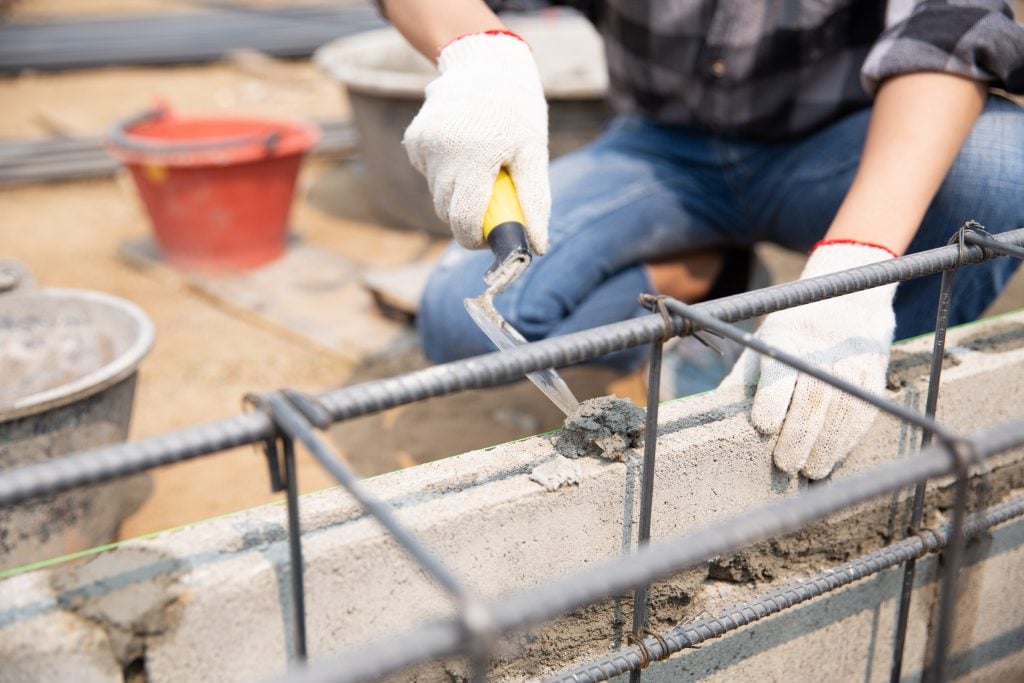New home building starts were up more than 8% at the start of October compared to one year ago, but the increase is still not enough to meet demand, according to Lawrence Yun, chief economist of the National Association of Realtors.

Yun noted that housing starts in September were at a 1.42 million unit production level on an annualized basis, but said the annualized number of permits, 1.55 million homes, would better meet housing demand. Permits are considered to be an accurate indicator of the number of new home starts.
Home building is being constrained by rising lumber prices and a shortage of construction workers, Yun said.
Even so, the new home building pace for single-family starts was at the highest it has been since June 2007, according to the National Association of Home Builders. Multifamily starts meanwhile, which includes apartments and condos, continue to struggle. They fell 16.3% last month to a pace of just 307,000. If you're planning to build your own home, you may hire a trusted builder and a masonry contractor to get the best results.
Chuck Fowke, chairman of the NAHB, said the housing market remains a bright spot in the U.S. economy and said that is reflected by the growth in housing starts. “Builder confidence is at an all-time high as buyer traffic is strong—another sign that housing is helping to lift the economy,” he said.
At the regional level, the Midwest saw the biggest combined increase in single-family and multifamily starts from January through to September at 11%, followed by a 5.7% gain in the South and a 4.5% rise in the West. The Northeast saw home building fall by 1.4% compared to the previous year, Commerce Department data shows.
“Home sales have exceeded for-sale construction recently, which means additional homebuilding in the near term,” said Robert Dietz, the NAHB’s chief economist. “Demand is being supported by low interest rates, a suburban shift in demand, and demographic tailwinds. However, headwinds due to limited building material availability is slowing some construction activity despite strong demand, with authorized but not started single-family homes up 22.4% compared to a year ago.”